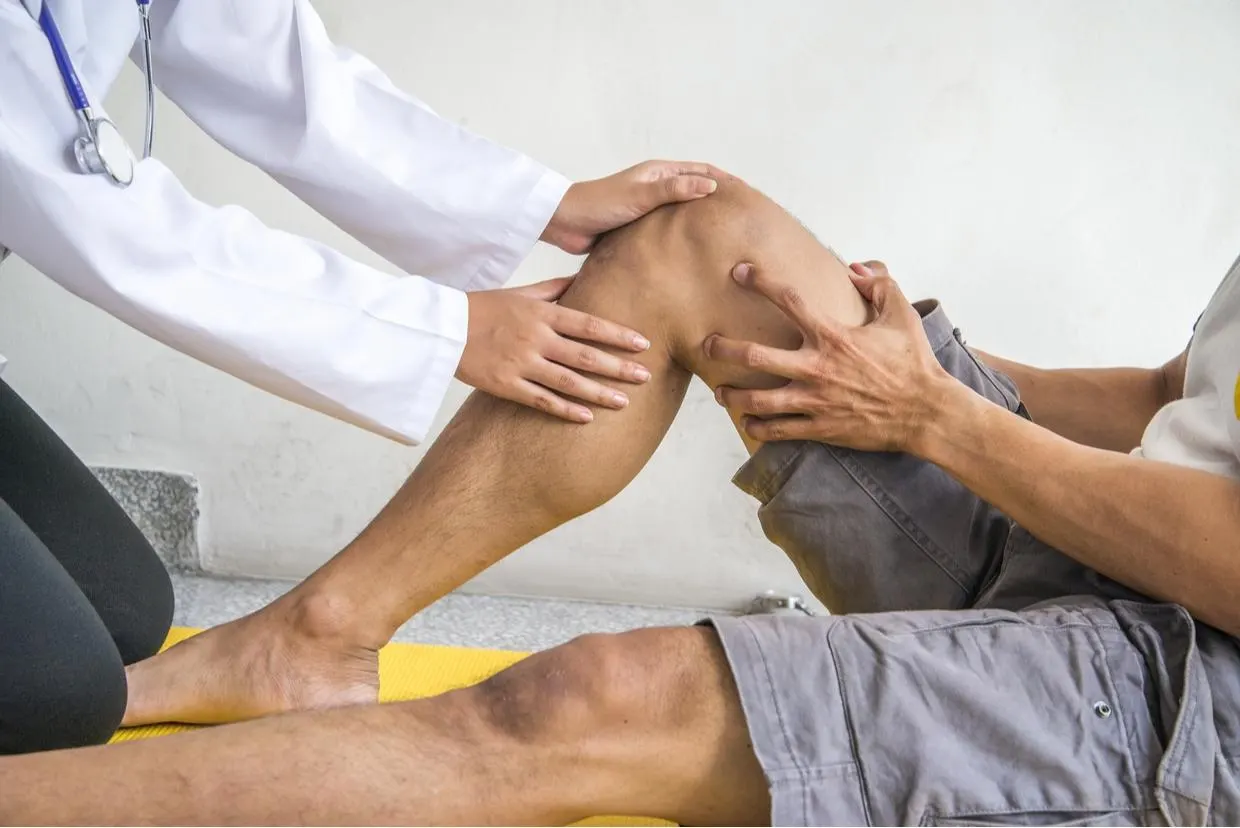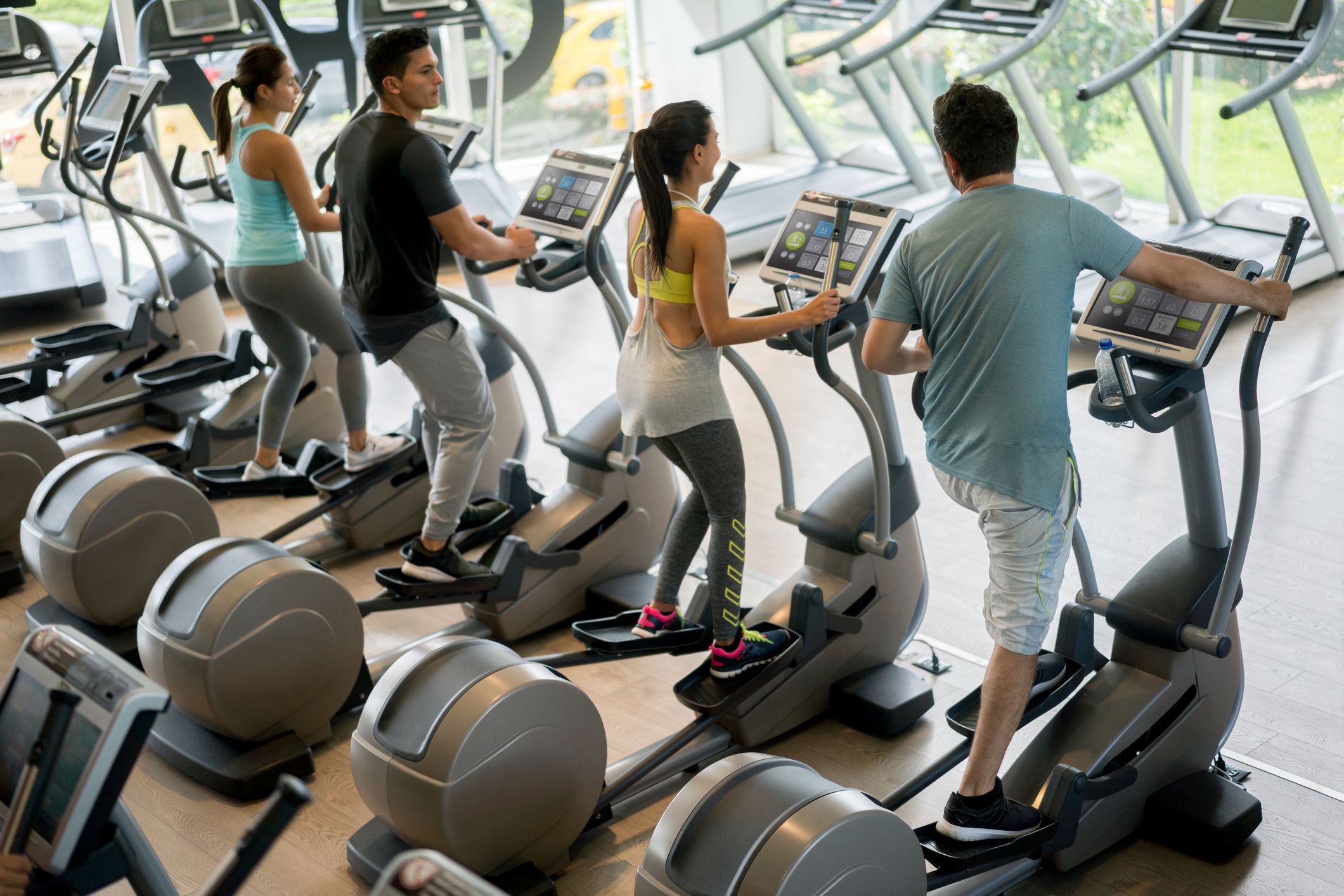Table of Contents
Exercise Daily – After knee replacement surgery, most people are looking to return to their normal lives as soon as possible. However, this doesn’t mean you can just go back to your old routine and expect everything to be okay. You need to make sure you’re taking the appropriate steps to ensure a speedy recovery. One of the best ways to do this is by following a post-op exercise program. This will help your body heal properly and prevent any future issues. So what should you do after knee replacement surgery? Here are some of the best exercises for knee replacement patients.
If you are recovering from a knee replacement, it is important to continue physical activity to help your body heal and reduce the risk of re-injury. There are different types of exercise that can be done after knee replacement surgery, but some exercises are more beneficial than others.
In general, gentle aerobic activities such as walking, swimming, biking, and rowing are ideal for those who have had a knee replacement. You need daily exercise after Knee replacement. These activities help build muscle and keep the cardiovascular system active. They also promote joint flexibility and range of motion. More strenuous activities such as running and jumping should only be initiated once the patient has regained the full range of motion in their new joint.
Other types of exercise that can be beneficial after knee replacement surgery include weightlifting, team sports, and Pilates. Weightlifting is especially effective because it helps to improve muscle strength and endurance while also improving joint function. Pilates is a type of yoga that has been shown to improve balance and coordination in patients post-surgery. Team sports such as soccer or basketball can help keep the mind occupied while also helping to improve physical conditioning.

Knee Replacement Surgery Overview
If you are considering knee replacement surgery, it is important to understand the different types of surgeries and their associated benefits and risks. The most common type of knee replacement is a total knee replacement, which replaces the entire joint. A partial knee replacement replaces just the surface area of the joint.
Knee replacements come in two main types: metal-on-metal and plastic-on-plastic. Metal-on-metal replacements require a longer recovery time but are more durable than plastic-on-plastic replacements. Each has its own set of benefits and drawbacks, so it is important to choose the one that is best for you.
After your surgery, you will need to take antibiotics to fight infection and painkillers to reduce pain. You may also need physical therapy to help regain your strength and flexibility. Knee replacement patients should avoid heavy lifting for 6 to 12 months after surgery, as this can lead to injury.
Activities You Can Enjoy After Knee Replacement Surgery
There are many things you can enjoy after knee replacement surgery. You may need some help to start walking, but once you get started, there are a variety of exercises you can do at home or in the gym.
Walking: If you were able to walk before your surgery, try starting out slowly and work up to a regular walking schedule. It’s important to have someone guide you during your first few weeks so that you don’t reinjure your new knee.
Swimming: Swimming is a great exercise for people who have replaced their knees because it is low impact and helps strengthen the leg muscles.
Aerobics: Aerobics classes provide an aerobic workout that’s gentle on your newly replaced knee. You should consult with your doctor before starting an aerobics program, as some exercises may be too strenuous for your newly replaced knee.
Yoga: Yoga is another great way to improve flexibility and balance in the legs after knee replacement surgery. It also provides an enjoyable workout that doesn’t put too much stress on your newly replaced joint.
Gym: Depending on your level of fitness, you may be able to do some light weightlifting and cardio at the gym after knee replacement surgery. Make sure to consult with your doctor before starting any new exercise program.
Recommended Post-Op Rehab Program for Knee Replacement Patients
If you are post-op, you will likely require some form of rehabilitation in order to regain your pre-operative level of function. A recommended program for knee replacement patients includes physical therapy, occupational therapy, and exercise. Physical therapy can help to restore the range of motion and strength in the joint, while occupational therapy can focus on teaching patients how to perform daily activities such as grooming and cooking. Exercise can improve overall cardiovascular health and promote bone healing.
Types of Exercise
There are a few different types of exercise that can be done following knee replacement surgery. A physical therapist can help you find the type of exercise that is best for your individual needs. You need to check Best Exercises for Beginners. Some common types of exercise include walking, swimming, biking, elliptical training, and weightlifting. It is important to always consult with a physician before starting any new physical activity to make sure it is safe for you.
1 Walking
Walking is a great way to begin your physical therapy following knee replacement surgery. It is a low-impact exercise that can be done at any time and in any place. Simply walk around the house or go for a walk outside. Be sure to gradually increase your walking distance as you progress through your therapy.

2 Swimming
Swimming is another great type of exercise to start following knee replacement surgery. Swimming requires minimal equipment and can be done in almost any body of water. It is also a great way to stay active and burn calories. Swimming should be performed at a leisurely pace and should not be attempted if you have any prior medical conditions or injuries.

3 Biking
Biking is another popular type of exercise for those following knee replacement surgery. Biking can be done virtually anywhere and it is an excellent way to stay active and improve cardiovascular health. However, it is important to consult with a physician before beginning biking exercises as it may be too strenuous for some patients.

4 Elliptical Training
Elliptical trainers are another great option for those following knee replacement surgery. They are both low-impact and calorie-burning, making them an ideal choice for those following a healthy diet. Elliptical trainers can be used at home or at a fitness center, and they are a great way to maintain your fitness following knee replacement surgery.

5 Weightlifting
Weightlifting is another popular type of exercise for those following knee replacement surgery. Weightlifting can be done at home with minimal equipment. It is an excellent way to tone your body and increase strength and muscle mass. However, it is important to consult with a physician before beginning weightlifting exercises as they may be too strenuous for some patients. Check 5 Best Short Head Bicep Exercises with Dumbbells.

How Often to Exercise After Knee Replacement
If you have knee replacement surgery, it’s important to follow a routine of physical activity that will help rehabilitate your new joint. Here are some guidelines for how often you should exercise after knee replacement:
The American Academy of Orthopaedic Surgeons (AAOS) recommends at least 150 minutes of moderate-intensity aerobic activity per week and 75 minutes of vigorous-intensity aerobic activity. You can choose from a variety of activities to include in your rehabilitation routine, such as walking, running, swimming, biking, elliptical training, aerobics classes, strength training, and resistance exercise. Work on your own schedule so that you can accommodate any limitations you may have.
It’s also important to keep your weight stable. Avoid gaining weight after knee replacement surgery because this will put additional stress on your new joint. Try to maintain a healthy body weight by eating nutritious foods and getting adequate amounts of exercise. If you experience pain or stiffness when exercising, stop and consult with your doctor.
Maximum Duration of Activity
Activity after knee replacement should last a maximum of 8 weeks. At the 8-week mark, consult with your surgeon to discuss if you are ready to begin participating in more vigorous activity.
Activity after knee replacement should be limited to the doctor’s recommendation. Generally speaking, most people can resume their former routine within two to four weeks after surgery. However, some people may need more time to recover and may not be able to resume full activity for six or eight weeks. In any case, it is important to be patient and follow the doctor’s recommendations.
Post-Operative Instructions for Patients
When you are ready to resume your normal activities, these are the guidelines that we suggest:
- gradually increase your activity level over a period of several weeks as you feel comfortable and able to do more.
- Avoid vigorous exercise until you have completed your physical therapy program.
- If you experience significant pain or swelling, please consult your surgeon or therapist for further instructions.
- be patient and don’t push yourself too hard.
- take it easy on your feet – avoid putting any weight on them for the first few days.
- drink plenty of fluids, especially if you are experiencing any dizziness, lightheadedness, or nausea.
- make sure to get enough rest – even after surgery, you will require at least eight hours of sleep each night.
- maintain a healthy diet and avoid excessive alcohol and caffeine consumption.
Conclusions
After knee replacement, it is important to maintain as much physical activity as possible. This can help to improve your overall quality of life and prevent future issues from arising. According to the American Academy of Orthopaedic Surgeons, there are a few types of exercise that are particularly beneficial after knee replacement surgery: resistance training, cardio training, and stretching. pick one or more of these exercises and start incorporating them into your routine today!





